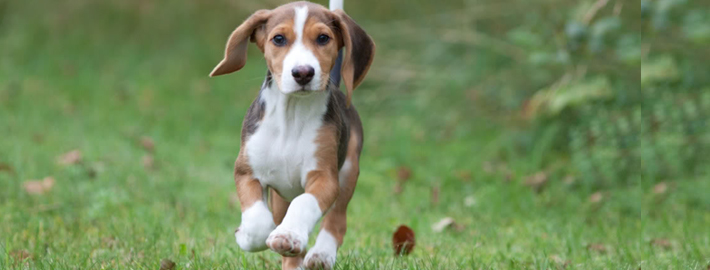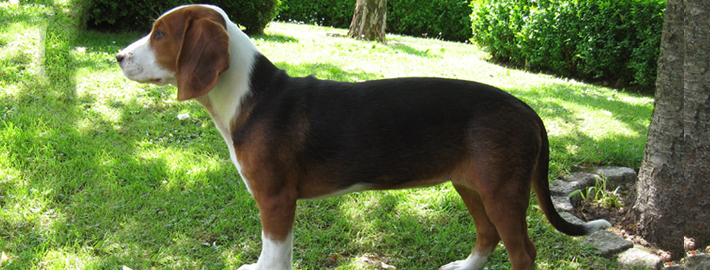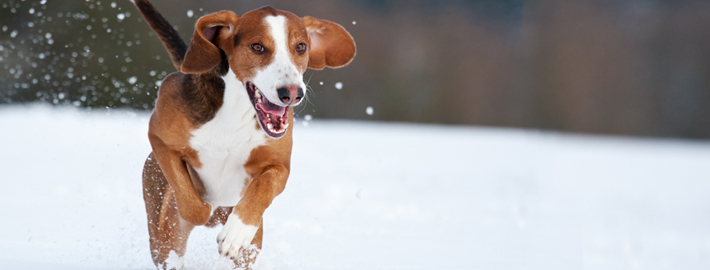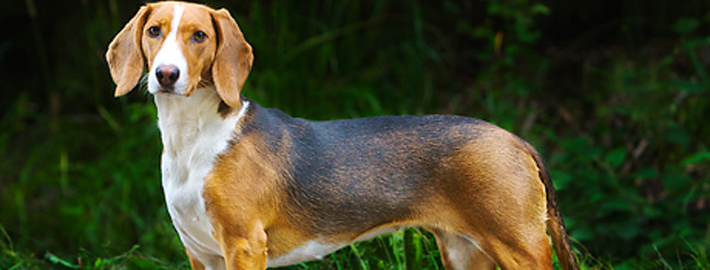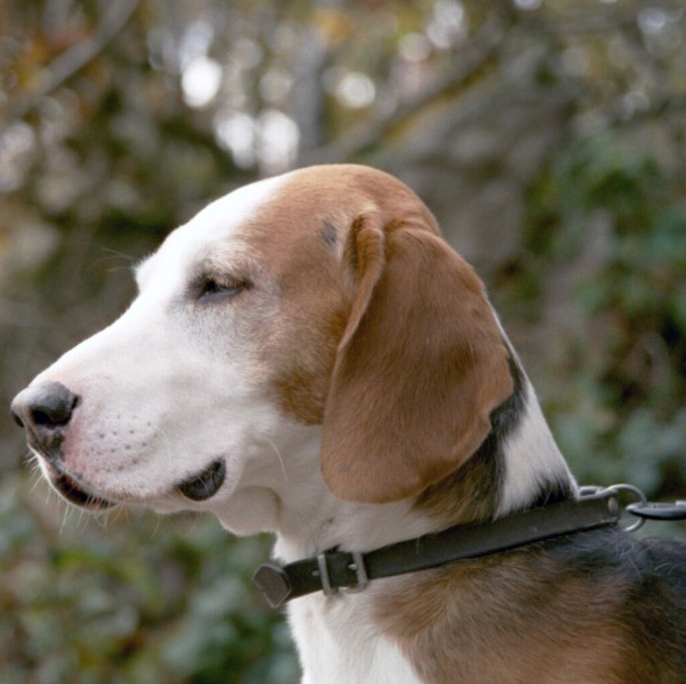What makes the Deutsche Bracke Unique?
The Bracke are an ancient type of hound. Their distinctive narrow heads and long ears set them apart from other types of hounds, and may show influence of the Greyhound or the ancient Celtic hounds.
Breed Groups
Page Contents
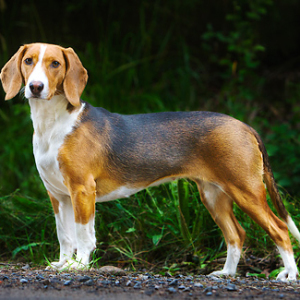
SnapShot
| Size: | Males – 40 to 53 cm (16 to 21 inches) Females – 40 to 53 cm (16 to 21 inches) |
| Weight: | Males – 16 to 18 kg (35 to 40 lb) Females – 16 to 18 kg (35 to 40 lb) |
| Origin: | Germany |
| Life Span: | 10 – 12 Years |
| Colour: | Tricolor (red to yellow with a black mantle), with white markings |
| Litter Size: | 4 to 8 puppies |
Is the Deutsche Bracke Right For You?
The Deutsche Bracke is a versatile dog with exceptional abilities as scenthound, watch/guard dog as well as ideal temperament to be a family pet. The dog is obedient and submissive to its master and gentle and kind to children. It gets along well with other dogs and pets in the family although early age socialization is very important. It is a loving and active breed that is highly energetic. Being a hunting dog, the Deutsche Bracke needs work to do and does not like to sit idle. It has a great scenting ability and is difficult to divert after it has picked up a scent. It is alert and attentive to its surrounding and with its resounding bark, it will alert the family of an approaching stranger. The dog needs lots of physical activities to keep itself in shape for hunting expeditions. It is a fearless, loyal and eager to please dog that makes a good family dog with proper socialization.
In 5 Words
- Light
- Stationed
- Elegant
- Hunter
- Noble
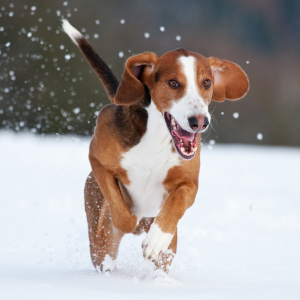
Characteristics
Learn About the Deutsche Bracke
Description
The Deutsche Bracken stands elegantly yet possesses strong and sturdy quarters, fine and thin coat and a relatively thick tail. Its long and narrow head is covered with fine and thin hairs. The dog’s nose is darkly pigmented with a slight strip of flesh color in the middle. The dog’s lips are also darkly colored and the mouth contains strong and evenly molded incisors and canine teeth. The eyes are dark in color and project a friendly expression. The dark-coloured coat is fine, thin and hard to touch. Colours range from red to yellow. The chest is deep, reaching below the elbow. The ribcage is long. The back is slightly arched, and the croup falls away slightly. Dense, hard and bristly. Long, for a short haired dog. The dog is light, elegant yet strongly made hunting dog with a noble appearance. It stands between 17-21 inches and weighs about 35 lbs.
Short History of the Deutsche Bracke
The origin of the Deutsche Bracke can be traced back to 18th century Germany, through various writings and art work of the time. Enthusiasts believe these dogs to have descended from such breeds as the Beagle, English Pointer, and various Foxhound breeds, though this has never been proven scientifically or otherwise. At the turn of the 20th century there were several breeds of pack hounds in Germany, but with the exception of the Deutsche Bracke, they are all virtually extinct. The Deutsche Bracken club in Germany has fostered the said breed since 1896 and took several years until 1955 when they first released the written standard for the said breed. In the same year, the said breed was also drawn up in Olpe, located in the Northern region of Westphalia. This is the reason why this breed is also known before as Olpe Hound. These dog breeds were supported in the regions of Sauerland and Westphalia. Among all breeds present in the said regions, the Deutsche Bracke was the only official Bracke supported in the whole country of Germany. Today, while the Deutsche Bracke has attained a regional popularity as a hunting and companion dog, the breed remains rather rare outside of its native Germany.
Temperament
The Deutsche Bracke loves to work and keep busy. These dogs thrive on strong and dependable relationships with humans, and look to their owners for constant guidance, support, and leadership. This breed is highly intelligent and generally easy to train. As a pet, the Deutsche Bracke is obedient, loyal, loving, and affectionate. It is alert and attentive to its surrounding and with its resounding bark, it will alert the family of an approaching stranger. The dog needs lots of physical activities to keep itself in shape for hunting expeditions. This is a friendly, sociable, affectionate, sensitive, shy, yet curious dog which has great reserves of stamina. It is reasonably obedient although independent-minded and vigilant. These dogs have a good scenting nose and make excellent hunting dogs. The Deutsche Bracke is not suited for full-time indoor or apartment living, as this active breed enjoys spending time outdoors and having plenty of room to roam, run, and play.
Caring for Your Deutsche Bracke
General Health
The Deutsche Bracke is typically known as a healthy and hearty breed, they do suffer from a few health problems, including: hip dysplasia, glaucoma, cataracts, progressive retinal atrophy, cryptorchidism – failure of one or both of the testicles to fully descend, sensitivity to anesthesia, and bloat.
Grooming & Bathing
The Deutsche Bracke does not require much grooming. Run a rubber brush over the coat occasionally to remove dead and loose hairs. Check the ear passages regularly to ensure they are clean and remember that this breed is supposed to have fairly long claws. The coat is not so bulky and voluminous and is easy to maintain. A simple brushing will keep the coat dirt.
Exercise & Training
The dog is eager to please and does well with a firm and confident trainer although the trainer has to be patient. The dog is a little intricate when it comes to training but does well with consistent and innovative training sessions.

